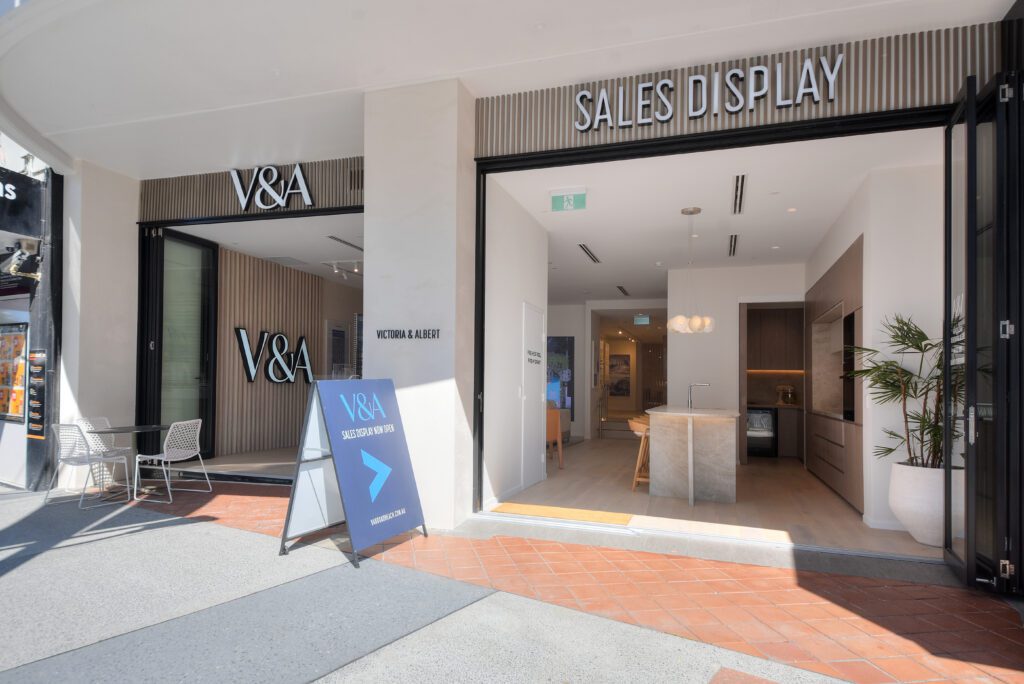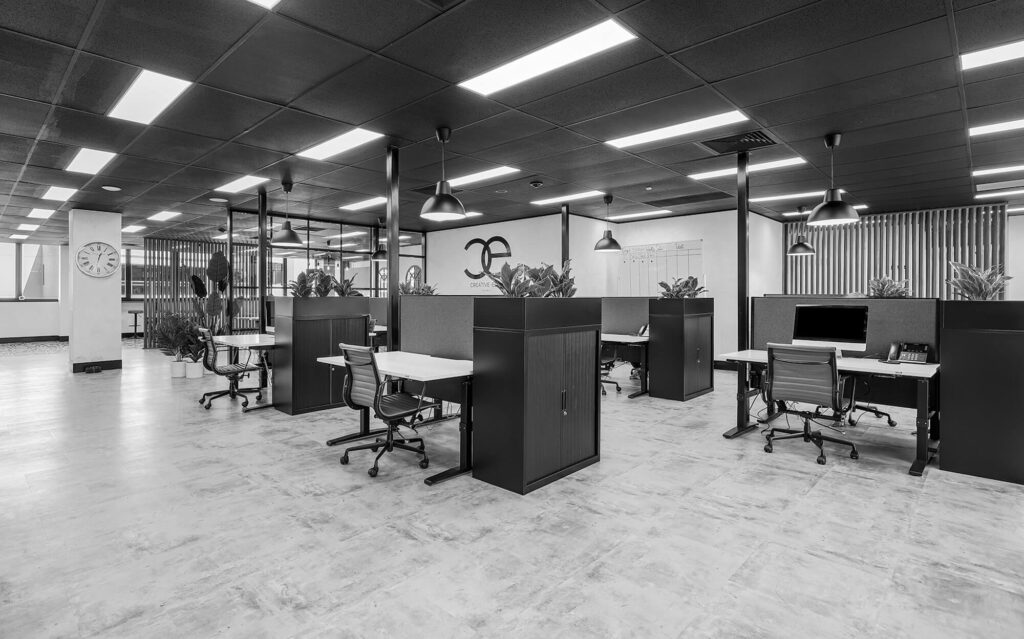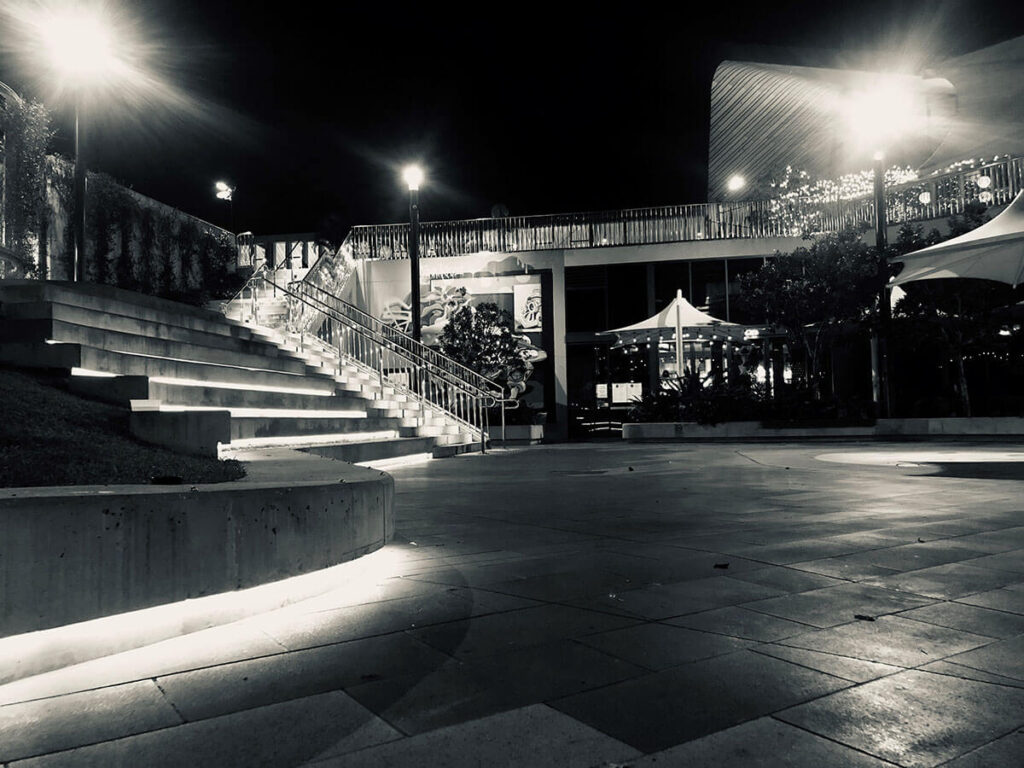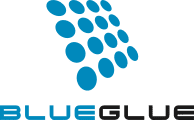A well-executed retail fitout is essential for attracting customers, enhancing the shopping experience, and maximising sales. Whether opening a new store or refurbishing an existing one, the right fitout balances aesthetics with functionality, ensuring that the space aligns with brand identity while supporting operational efficiency.
Retail fitouts involve careful planning, from layout design and lighting to shelving and technology integration. This guide explores the key considerations for retail fitouts, helping businesses create an inviting and efficient retail space that drives customer engagement and sales.
1. Understanding Your Brand and Target Audience
The design of a retail space should reflect the brand’s identity and resonate with the target audience. Before planning the fitout, consider:
- Brand Positioning: Luxury brands require sleek, high-end materials, while casual retail spaces benefit from a relaxed and approachable aesthetic.
- Customer Demographics: Understanding the preferences of your target customers helps tailor the store’s layout and design.
- Retail Concept: Whether it’s a boutique store, flagship outlet, or pop-up shop, the fitout should align with the retail concept and objectives.
2. Space Planning and Layout Efficiency
A strategic layout enhances customer flow, encourages browsing, and optimises space usage. Key layout considerations include:
- Entrance and Storefront Appeal: A well-designed storefront and welcoming entrance attract foot traffic and create a strong first impression.
- Zoning Strategies: Divide the store into sections based on product categories, promotional areas, and checkout zones.
- Customer Flow Optimisation: Design the layout to encourage a natural flow that guides customers through key product areas.
- Checkout Placement: Position the checkout counter for accessibility and convenience without disrupting the shopping experience.
3. Store Fixtures and Display Design
Retail fixtures and displays play a crucial role in showcasing products effectively and enhancing the overall shopping experience.
- Modular Shelving Systems: Adjustable shelving allows flexibility in displaying different product ranges.
- Eye-Level Displays: Key products should be placed at eye level to maximise visibility and sales potential.
- Feature Walls and Visual Merchandising: Highlighting seasonal collections or promotional items draws customer attention.
- Interactive Displays: Digital screens and touchpoints create an engaging and dynamic retail environment.
4. Lighting and Ambience
Lighting significantly impacts the atmosphere and perception of a retail space. The right lighting setup enhances product visibility and sets the mood.
- Accent Lighting: Spotlights or track lighting highlight key products and displays.
- Ambient Lighting: General lighting should create a comfortable and inviting atmosphere.
- Task Lighting: Focused lighting at checkout counters and fitting rooms improves functionality.
- Energy-Efficient Solutions: LED lighting reduces operational costs while providing superior illumination.
5. Material Selection and Sustainability
Selecting high-quality, durable materials enhances the longevity of a retail fitout while reinforcing sustainability commitments.
- Sustainable Materials: Recycled, eco-friendly, and responsibly sourced materials align with green business practices.
- Durability and Maintenance: Flooring, wall finishes, and fixtures should withstand high foot traffic and daily operations.
- Aesthetic Appeal: Materials should complement the brand’s design language while creating a cohesive retail environment.
6. Technology Integration
Modern retail fitouts incorporate technology to enhance customer experience and streamline operations.
- Point of Sale (POS) Systems: Integrated, mobile-friendly POS solutions improve transaction efficiency.
- Digital Signage: Dynamic displays enhance product promotions and customer engagement.
- Smart Mirrors and AR Displays: Interactive technologies personalise the shopping experience.
- Security Systems: Surveillance cameras and anti-theft solutions ensure safety and prevent losses.
7. Customer Comfort and Experience
Retail spaces should be designed for comfort, ensuring a positive and memorable shopping experience.
- Seating Areas: Strategically placed seating provides rest areas for customers, especially in high-end retail.
- Fitting Rooms: Spacious, well-lit, and stylish fitting rooms enhance customer satisfaction.
- Accessibility Considerations: Ensuring wheelchair-friendly pathways and inclusive design benefits all customers.
- Restroom Facilities: If applicable, clean and well-maintained restrooms contribute to a pleasant shopping experience.
8. Compliance and Safety Regulations
Retail fitouts must adhere to industry standards and regulations to ensure a safe and compliant environment.
- Fire Safety Measures: Installing fire extinguishers, alarms, and emergency exits as per local codes.
- Accessibility Requirements: Meeting disability access standards for an inclusive shopping space.
- Structural Integrity: Ensuring shelving, fixtures, and displays are securely installed to prevent hazards.
- Ventilation and Air Quality: Proper HVAC systems contribute to a comfortable shopping environment.
9. Budget Planning and Cost Management
A well-planned budget ensures the fitout delivers maximum value without unnecessary expenses.
- Prioritising Key Investments: Allocate budget to essential elements such as lighting, fixtures, and flooring.
- Cost-Effective Materials: Balance quality and affordability without compromising durability.
- Fitout Contractors and Professionals: Working with experienced retail fitout specialists ensures a smooth and cost-effective process.
- Ongoing Maintenance Costs: Consider long-term maintenance and operational costs to sustain the fitout quality.
10. Future-Proofing the Retail Space
Retail fitouts should be adaptable to changing trends and business growth.
- Modular and Scalable Design: Ensure flexibility to accommodate future expansions and updates.
- Multi-Use Spaces: Design areas that can be repurposed for different product categories or promotional events.
- Technology-Ready Infrastructure: Prepare for future tech integrations, such as AI-driven personalisation and automated checkouts.
- Sustainability Strategies: Invest in energy-efficient and reusable materials for long-term savings and reduced environmental impact.
Conclusion
A successful retail fitout requires a balance of aesthetics, functionality, and strategic planning. By considering customer flow, display design, lighting, technology, and sustainability, businesses can create an engaging and efficient retail space that maximises sales and enhances brand appeal.
Industry 7 specialises in delivering high-quality retail fitouts tailored to your business needs. Contact us today to discuss how we can transform your retail space into a visually stunning and highly functional environment.






